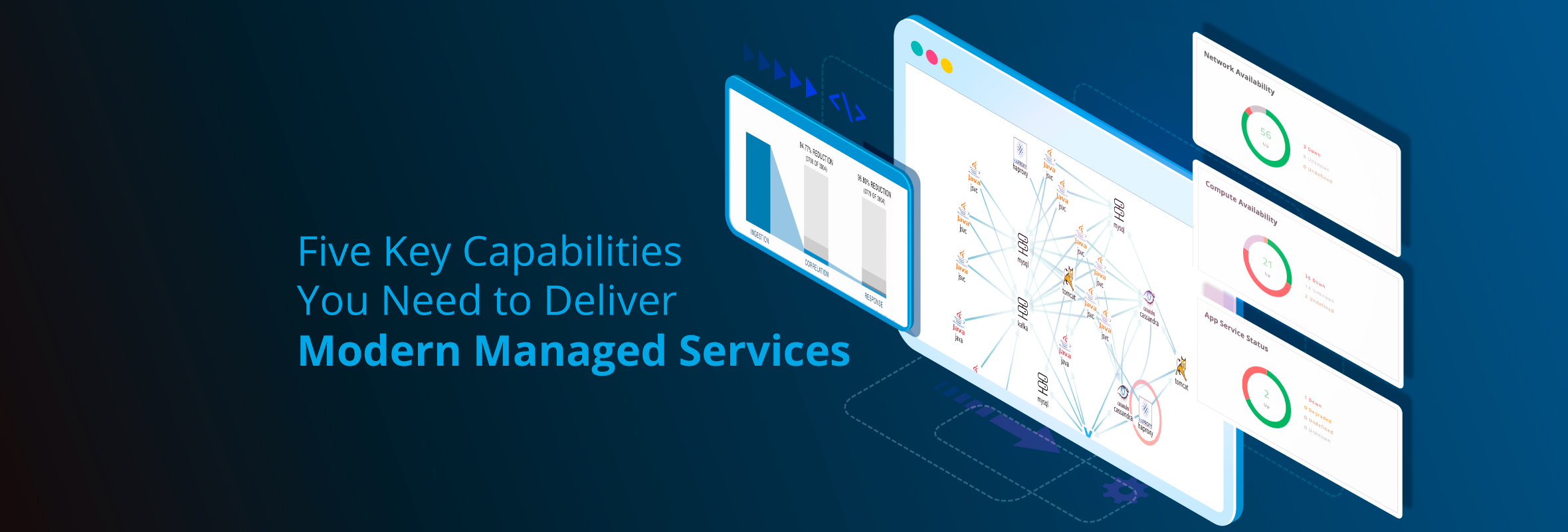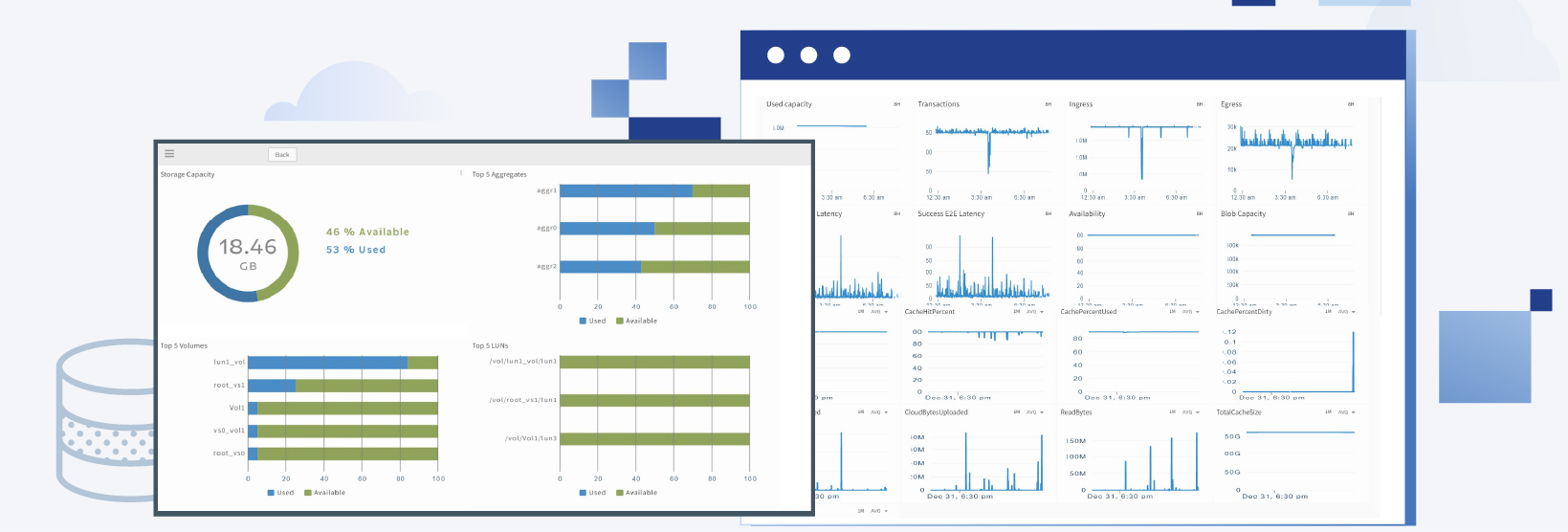Network availability is critical for the health and performance of business-critical applications and IT infrastructure. Given that network resources like routers, switches, firewalls, load balancers, VoIP/UC, and wireless LAN controllers are the backbone of today’s digital infrastructure, how does IT gain the right levels of visibility to troubleshoot network issues?
OpsRamp's real-time network monitoring allows modern IT operations teams to automatically discover network resources and make them visible for proactive monitoring and management. Network teams can easily view the traffic, utilization, and availability of a network resource and analyze the root cause of a network performance degradation with real-time analytics. Here are some of the network monitoring capabilities that OpsRamp delivers:
- Discovery. IT teams can proactively discover on-prem and cloud network resources using the Simple Network Management Protocol (SNMP) protocol.
- Monitoring. Enterprises can manage a wide range of network infrastructure (Arista, Broadcom, Cisco, Dell EMC, F5 Networks, Juniper, HPE, Palo Alto Networks, SonicWall, WatchGuard, and Quanta or cloud networking services from cloud platforms) with battle-tested network monitoring templates.
- Incident Management. Incident responders can aggregate and analyze SNMP traps with service-centric AIOps and trigger contextual alert notifications for rapid restoration.
- Service Mapping. Service maps help application owners combine topology context for network infrastructure with impact analysis for business services.
- Configuration Backups. Network admins can automatically back up the configuration of each network resource for faster recovery from device failures.
Network Monitoring for On-Prem Datacenters
OpsRamp’s network monitoring capabilities help IT operations teams collect, analyze, and track the availability and health of datacenter network gear including switches, routers, firewalls, load balancers, wireless LAN access points, VOIP, and unified communications infrastructure.
- Switches. OpsRamp helps network teams gain proactive insights on the availability and performance of switches with performance metrics on port bandwidth utilization and the rapid detection of network issues with real-time topology views and contextual alerts.
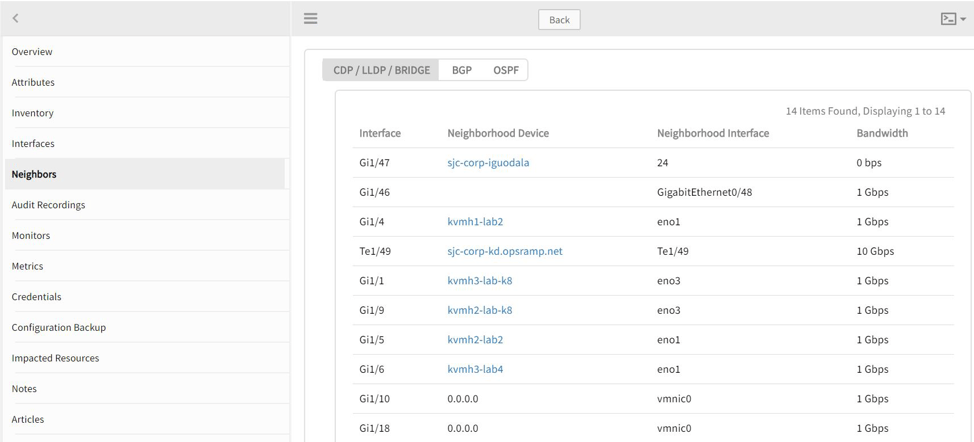
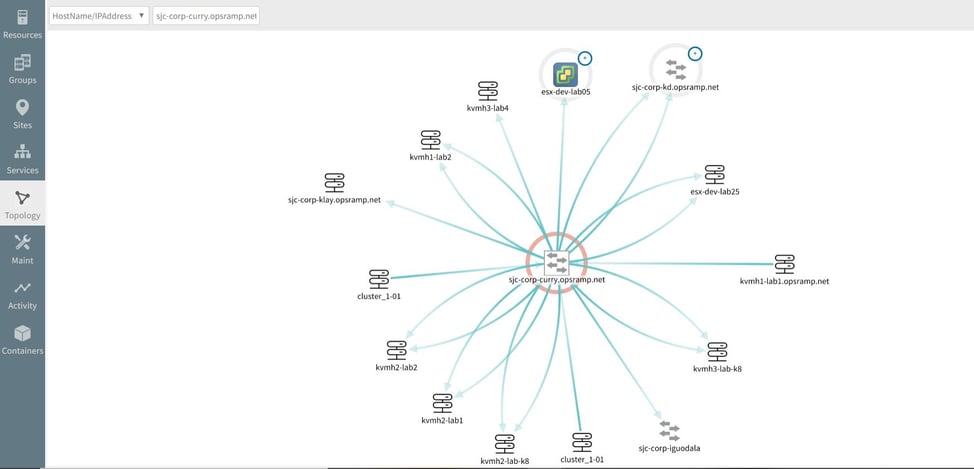
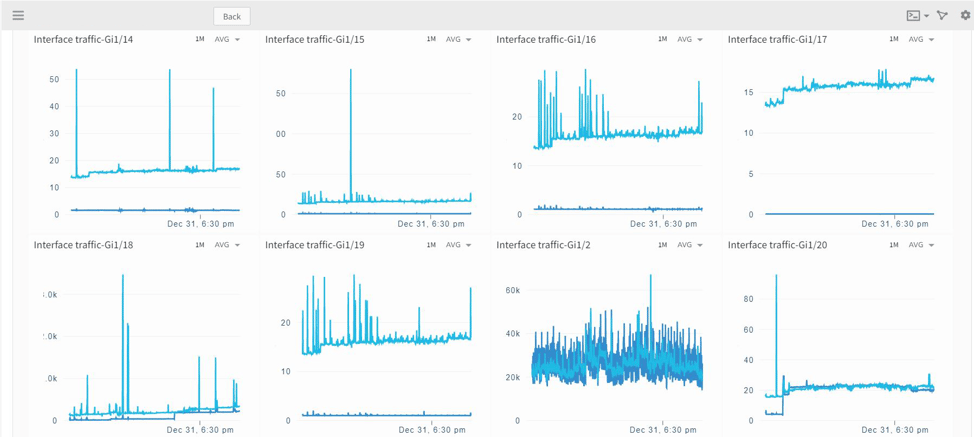
- Routers. OpsRamp collects performance metrics that help network teams track bandwidth consumption, traffic sources, and protocol failures for router monitoring.
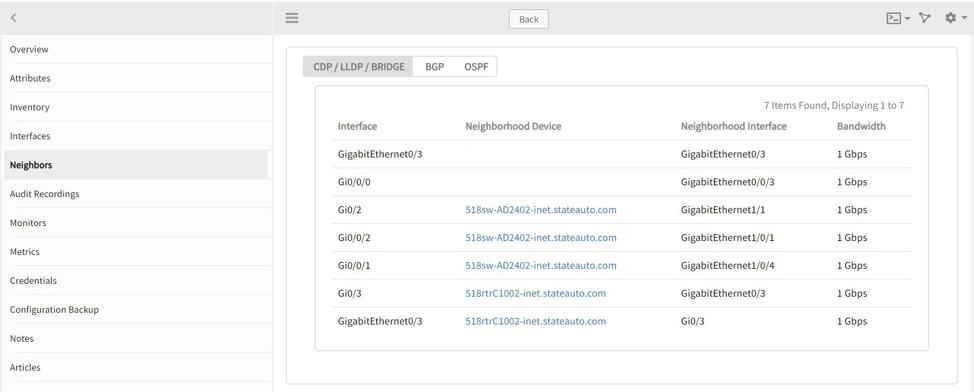
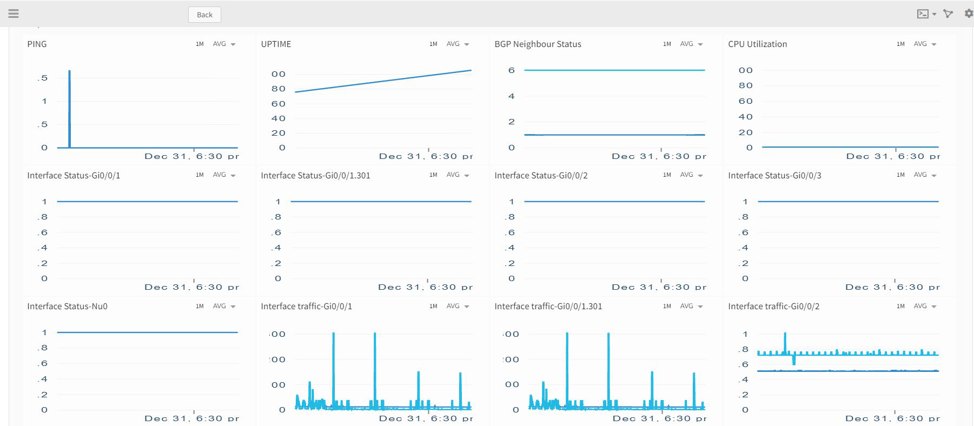
- Firewalls. OpsRamp monitors the health of enterprise firewalls by capturing metrics on inbound and outbound network traffic and delivers automatic alerts for anomalous traffic patterns or abnormal utilization.

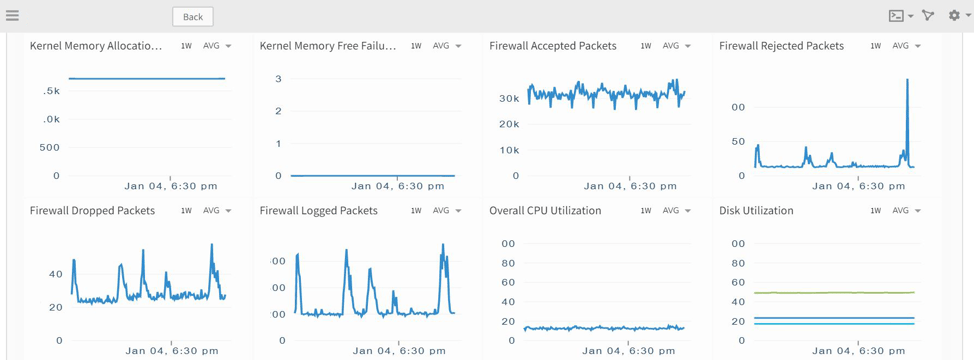
- Load Balancers. OpsRamp ensures seamless application delivery by discovering, monitoring, and optimizing the load balancing environment with critical performance metrics and dynamic network topology maps.

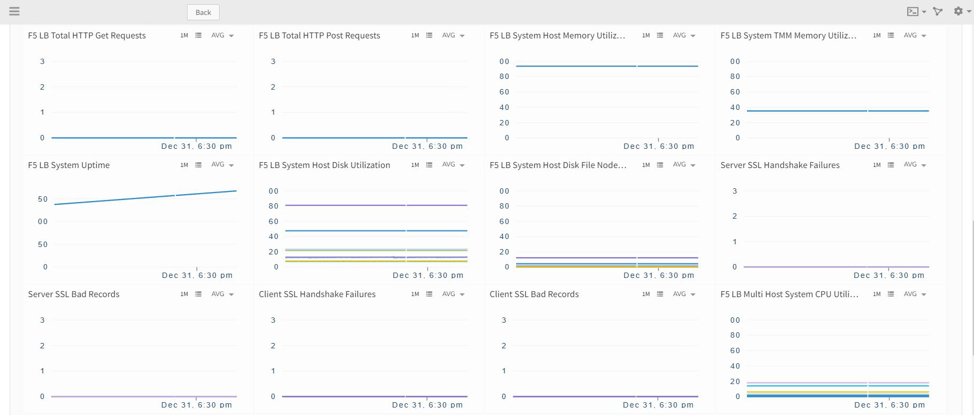
- Wireless LAN Access Points and Controllers. OpsRamp collects relevant performance metrics for Wireless LAN access point status, load profile state, number of clients connected, and the load channel utilization, so that IT teams can ensure reliable and optimal performance of their wireless network infrastructure.

- Unified Communications (UC). Enterprises can ensure seamless user experiences for UC infrastructure with real-time visibility, faster time to repair, and dynamic performance insights for voice, video, and collaboration tools.
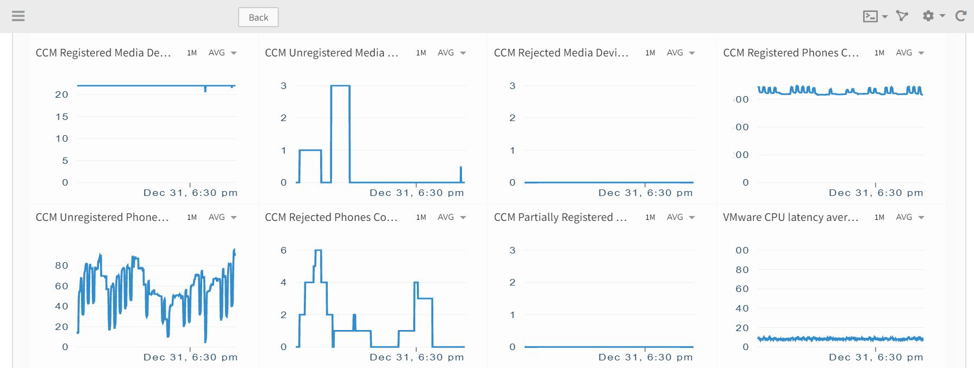
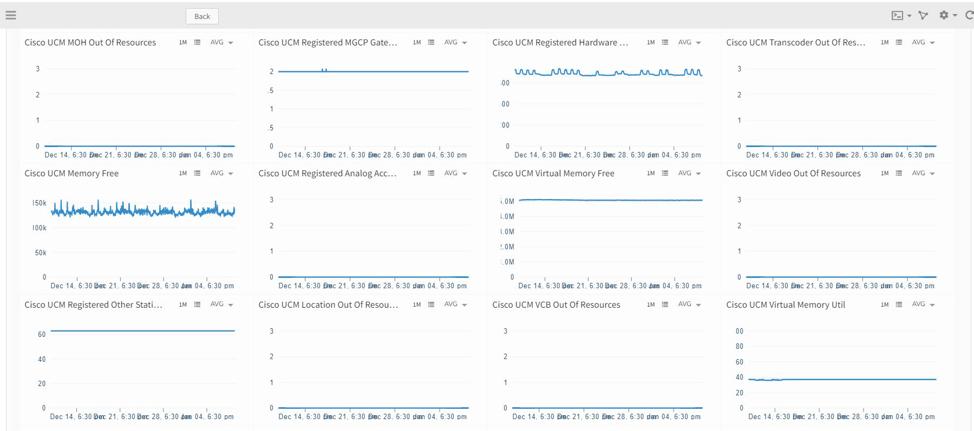
Network Monitoring for Public Cloud Services
In 2019, for the first time, enterprises spent more money on cloud infrastructure and platform services than on datacenter gear. With enterprises migrating more workloads to cloud infrastructure as well as building new apps to take advantage of cloud native services, it’s critical for IT teams to maintain the performance and availability of their hybrid workloads.
While OpsRamp supports more than 100 different cloud services from Amazon Web Services (AWS), Microsoft Azure, and Google Cloud Platform (GCP), the platform also supports most of the popular cloud networking services offered today:
|
Service |
AWS |
Azure |
GCP |
|
Virtual Networks |
Virtual Private Cloud (VPC) |
Virtual Network (VNet) |
Virtual Private Cloud (VPC) |
|
Load Balancers |
Elastic Load Balancer (ELB) |
Load Balancer, Application Gateway |
Cloud Load Balancing |
|
Hybrid Connectivity |
Direct Connect |
ExpressRoute |
Cloud Interconnect |
|
Domain Name System |
Route 53 |
DNS |
Cloud DNS |
Here’s how IT and DevOps teams can tame cloud networking complexity and gain actionable insights into their dynamic cloud environments:
- Virtual Networks. OpsRamp drives proactive network performance monitoring for virtual private cloud environments with the right operational insights. Our robust integrations with cloud monitoring and audit logging services deliver actionable metrics and timely alert notifications for cloud operations teams.


- Load Balancers. Application owners can understand the real-time performance of their distributed load balancers through integrations with cloud monitoring tools such as CloudWatch, Azure Monitor, and Stackdriver. OpsRamp’s out-of-the-box dashboards track latency, response times, service requests, and processing times for cloud load balancers across different global regions.
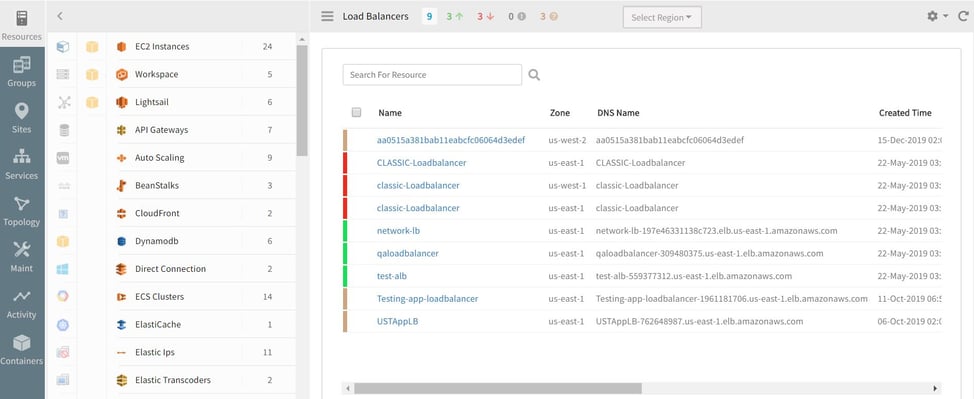

- Hybrid Connectivity. Network teams can track the reliability of hybrid connectivity infrastructure across colocation providers (CenturyLink and Equinix) with interconnect monitoring. OpsRamp provides multiple performance indicators that help IT maintain seamless user experiences for distributed workloads and infrastructure.

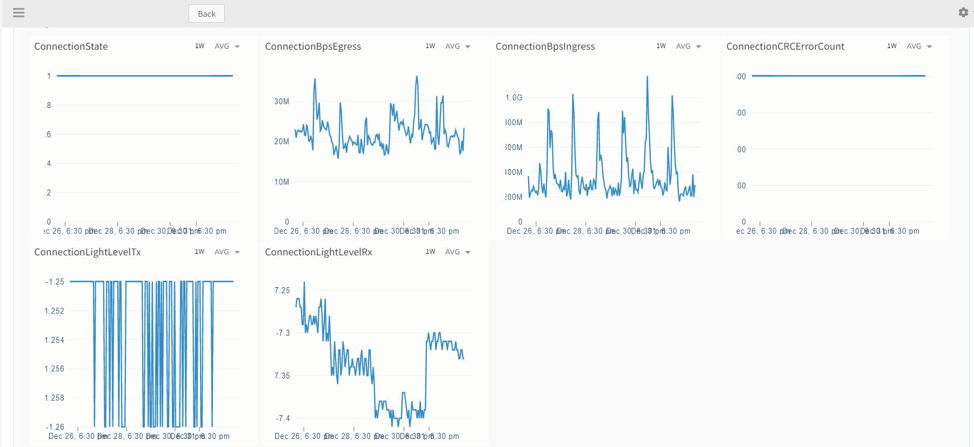
- Domain Name System (DNS). Cloud teams can monitor the performance, service requests, and user experience of their DNS servers and domain name registration services by accessing relevant HealthCheck metrics in OpsRamp.
.jpg?width=974&name=AWS-%20Route53%20(hosted%20zone).jpg)
-Metric-1.png?width=974&name=AWS-Route53%20(hosted%20zone)-Metric-1.png)
Next Steps:
- Learn more about Enterprise Application Monitoring with OpsRamp.
- Read our coverage of the Top ITOps news of 2019.
- Read about Virtualization Monitoring with OpsRamp.




